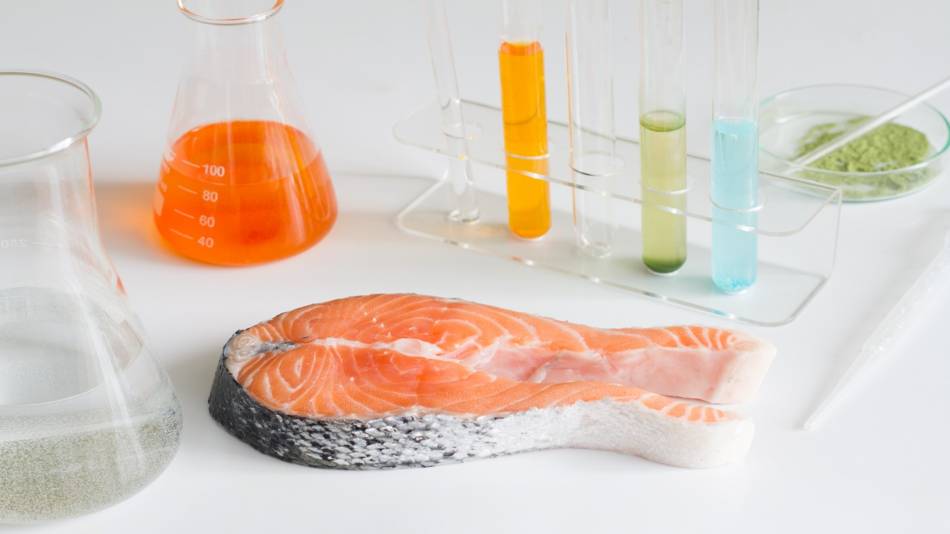Our Members Asked:
Can I use a home test for mercury to check for mercury in fish, like canned tuna, fresh fish, and sushi?

Answer:
Mercury contamination is a significant problem in fish and it would be great to be able to check mercury levels with an easy home test. However, as explained below, standard home tests for mercury are not well-suited to detect mercury in solid foods, like fish.
It is recommended that consumption of fish be limited to no more than twice a week when mercury levels are above 0.15 ppm, once a week when levels are above 0.23 ppm, and avoided when levels are above 0.46 ppm.
When ConsumerLab tests fish for mercury (see our Canned Tuna and Salmon Review), the samples must be digested with acids to release mercury — which is typically bound to the protein in fish meat. This is done with sulfuric and nitric acid in a specialized digestion flask and the solution is heated to evaporate the mercury -- which is collected with a condenser unit. Analysis is then performed by a specialized, automated instrument known as an inductively coupled plasma-mass spectrometer, which can test down to a limit of about 0.007 ppm (parts per million). ConsumerLab has found that canned albacore ("white") tunas generally have mercury levels ranging from 0.2 to 0.4 ppm. Other types of tuna, like skipjack and yellowfin, tend to have lower levels, while mercury levels in canned salmon are lower still -- between 0.02 and 0.04 ppm.
Home tests are typically designed to measure mercury in a liquid, such as urine or saliva. Although some home tests claim they can be used to measure mercury in food, the process to do so can be complicated and time-consuming and could result in inaccurate results. For example, ConsumerLab contacted the maker of one such kit and found the instructions for testing canned tuna involves mixing a chunk of tuna with distilled water (which must be free of metals) and a source of acetic acid (such as white vinegar), heating the resulting liquid to a specific temperature, cooling it to a specific temperature, filtering it, and then repeating the filtering process several times before collecting the resulting liquid for testing. In addition, home tests vary widely in their sensitivity to mercury, with some strips only turning color with levels of at least 10 ppm — much higher than in any fish, although others claim to test down to a limit of 0.025 ppm or 0.1 ppm. Also, be aware that results from these home kits are typically shown as changes in color on a paper strip that correspond with a certain range of mercury detected, so interpreting the results will rely, to an extent, on one's sight and ability to distinguish color shades.
Join today to unlock all member benefits including full access to all CL Answers and over 1,400 reviews.
Join NowAlready a member? Sign In Here.
Join now at www.consumerlab.com/join/







Submit your comment
This feature is restricted to active members.
Join now to add comments and get all member benefits, including over 1,400 reviews.
Join NowAlready a member? Sign in here.